Tension Remove Process (TRP)
This process helps in reducing the stress (Tension) from the CVD diamond block. The damage caused to the CVD diamonds during shaping, laser sawing, and polishing can be reduced by the Tension removal process.
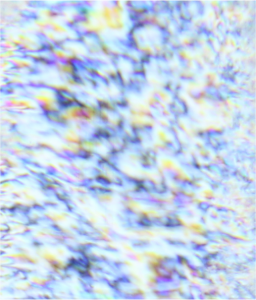
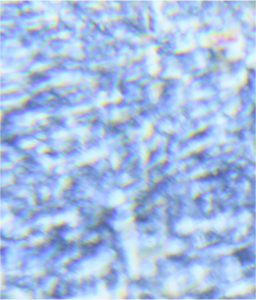
Special process or very small diamonds at very low cost
CVD diamonds that size from 3+ to 13- (Diamond Sorting Sieve) round and fancy shapes (Below 0.10ct) are processed with low pressure and low temperature to remove the brown colour and improve the grade of the diamond easily by 2-3 Grades.
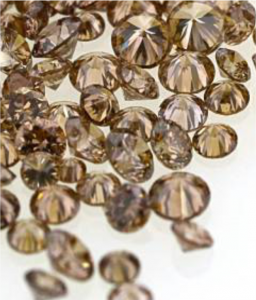
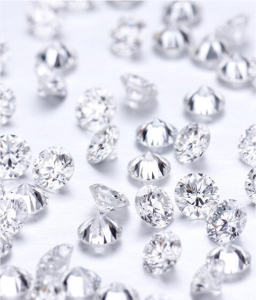
HPHT Process (CVD diamonds)
The HPHT method exposes stones to extremely high temperatures and very high pressures. In fact, the conditions are similar to those in which the stones were formed millions of years ago. The treatment is irreversible, as it essentially upgrades the diamond’s colour. Depending on the original stone, the change in colour can be slight, or quite dramatic.
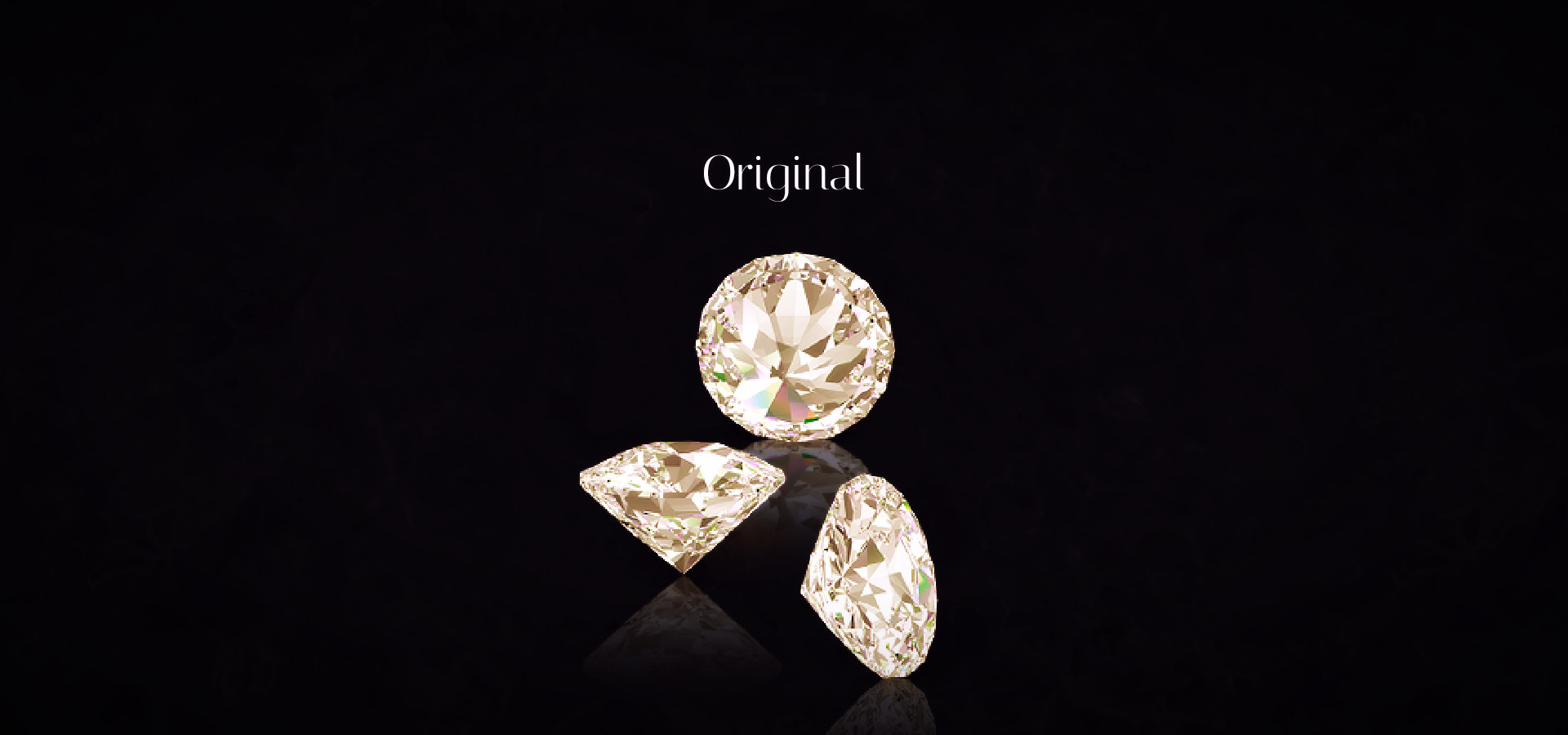
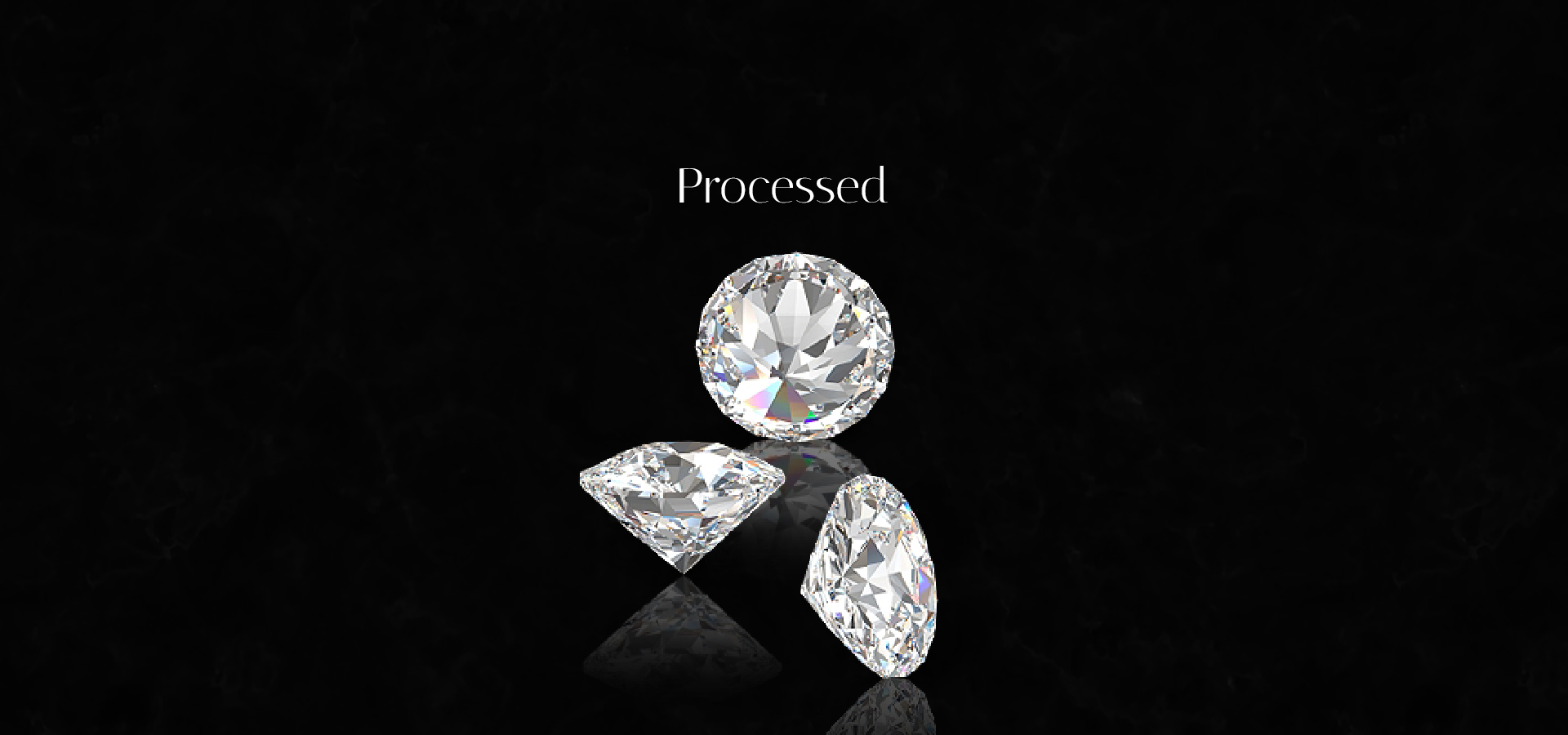
high temperatures and high pressures diamonds.
HPHT Process (Natural diamonds)
Diamonds with a slight colouring go through the HPHT process to make them appear whiter. Slightly tinted diamonds may also be colour-enhanced to enrich their colour, giving them a distinct tone, like yellow or pink, whatever may be desired.

Type of Natural diamonds are categorised into two parts Type I a/b & Type II a/b, When Type IIa Natural diamonds are processed using the HPHT technology it enhances to white colour by 3 to 4 grades. CVD diamonds are brownish. Since nobody wants such a diamond, the lab uses post-growth treatment (HPHT) to enhance the colour.
The CVD Method
The CVD method was created in the 1980s, making it newer than the HPHT method. The CVD method imitates how diamonds form in interstellar gas clouds. The CVD method uses less pressure than the HPHT method as well as smaller machines.
The CVD method places a diamond seed in a vacuum chamber. This chamber becomes filled with carbon-rich gases and is heated to nearly 1500 degrees Fahrenheit. The gas turns into plasma from these extremely high temperatures, causing the release of carbon pieces. These carbon pieces become layered onto the diamond seed, which grows the diamond.
The CVD process produces Type IIA diamonds, which are extremely rare for naturally occurring diamonds. This can help scientists determine if a diamond is lab-grown or earth-grown. Type IIA diamonds are the most chemically pure diamonds. CVD diamonds are not magnetic like HPHT diamonds can be.


